



The United Nations to reduce its global peacekeeping force by 25%, cutting 14,000 personnel due to US funding falling from $1 billion to $680 million. This budget reduction under the ‘America First’ policy threatens nine active missions and pushes major contributors like India to rethink funding for global peace operations.
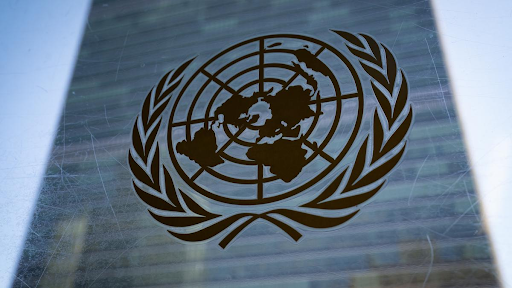
Copyright infringement not intended
Picture Courtesy: THE HINDU
The United Nations is cutting its global peacekeeping force by 25%. This will involve sending approximately 13,000 to 14,000 military and police personnel back to their home countries over the next several months.
It was started in 1948 with the deployment of the UN Truce Supervision Organization (UNTSO) to the Middle East to monitor the Armistice Agreement between Israel and its Arab neighbors.
Mandate: Peacekeepers provide security, support political processes, protect civilians, assist in disarmament, and help with elections and human rights monitoring.
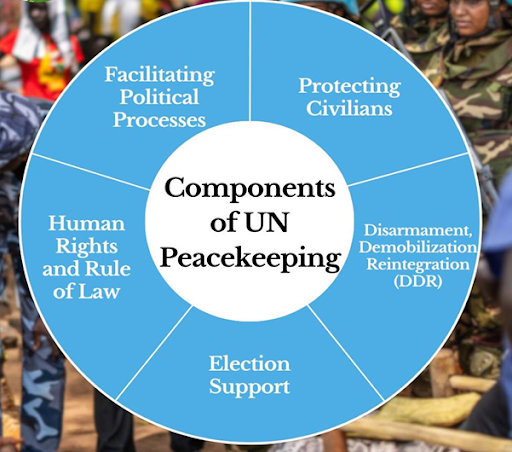
Core Principles:
Funding and Troops: Peacekeeping operations are funded by assessed contributions from all UN member states. Troops are contributed voluntarily by member states, who are compensated by the UN.
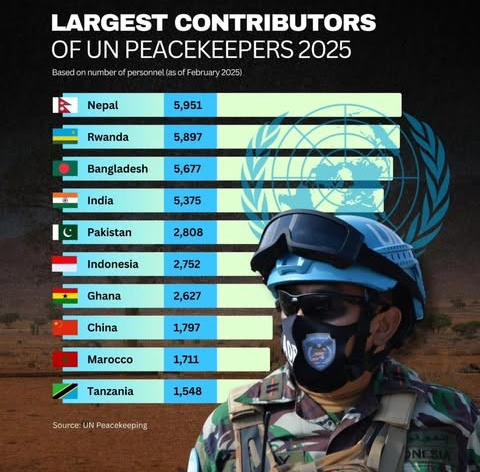
US Funding Reduction
The US has reduced its commitment to UN peacekeeping from about $1 billion in the previous year to $680 million. As the single largest donor, this reduction has a crippling effect on the UN's $5.4 billion peacekeeping budget. (Source: The Hindu)
Structural Vulnerability of the UN
The UN's financial architecture is heavily dependent on a few large contributors. The US and China alone account for half of the peacekeeping budget. When the largest donor unilaterally reduces its contribution, the entire system troubles, forcing the UN to make operational cuts.
For Global Peace and Security
For the United Nations
Guiding Principles: India's approach to peacekeeping is rooted in its philosophy of "Vasudhaiva Kutumbakam" (the world is one family) and the teachings of Mahatma Gandhi, emphasizing non-violence, dialogue, and cooperation.
Historical Involvement: India has participated in over 50 UN peacekeeping missions, deploying more than 290,000 personnel since 1953. (Source: PIB)
Key Missions: Indian forces are actively involved in missions across Africa and the Middle East, including in countries like the Democratic Republic of Congo, South Sudan, Lebanon, and the Golan Heights.
Sacrifices Made: Nearly 180 Indian peacekeepers have lost their lives while serving under the UN flag.
Centre for UN Peacekeeping (CUNPK): Established by the Indian Army, CUNPK trains over 12,000 personnel annually, offering programs for both national and international peacekeepers.
Global Recognition: In 2023, India received the UN's highest peacekeeping honor, the Dag Hammarskjöld Medal, posthumously awarded to Indian peacekeepers for their sacrifice in the Democratic Republic of Congo.
Source: THE HINDU
|
PRACTICE QUESTION Q. The retreat of a major power from funding UN peacekeeping is both a challenge and an opportunity for other nations. Discuss. 150 words |
The UN peacekeeping force is a collective body of military, police, and civilian personnel contributed voluntarily by UN member states. They are deployed to countries torn by conflict to create conditions for lasting peace. Peacekeepers are known by their distinctive blue helmet, and they are not a standing UN army
The UN Security Council has the primary responsibility for authorizing and deploying peacekeeping operations. When considering a new mission, the council evaluates factors such as whether there is a ceasefire in place and if the involved parties have consented to a peace process. Mandates are established through a Security Council resolution, which can be extended, amended, or ended by votes.
The overall command of peacekeeping operations is delegated by the UN Secretary-General to the Under-Secretary-General for Peace Operations. Each mission is directed by a Head of Mission, who reports to the Under-Secretary-General. Military forces are led by a Force Commander and police by a Police Commissioner, who are senior officers from contributing countries.


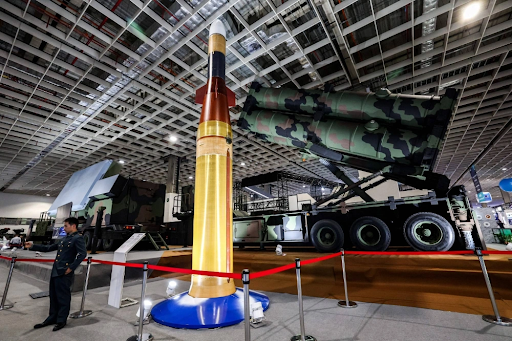
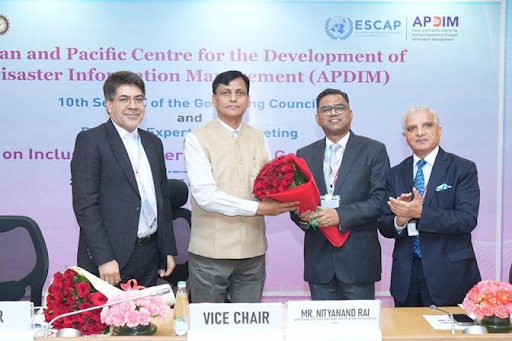



© 2025 iasgyan. All right reserved